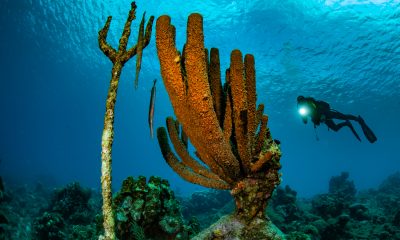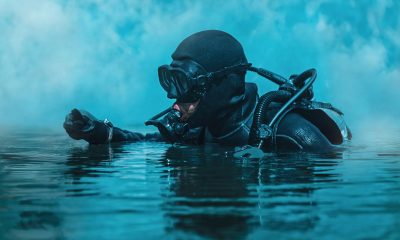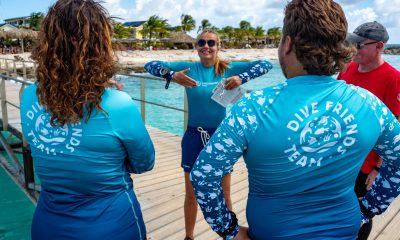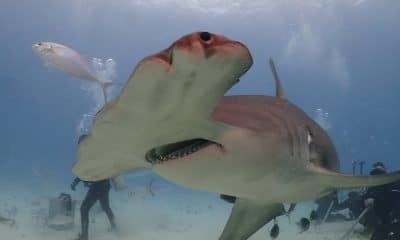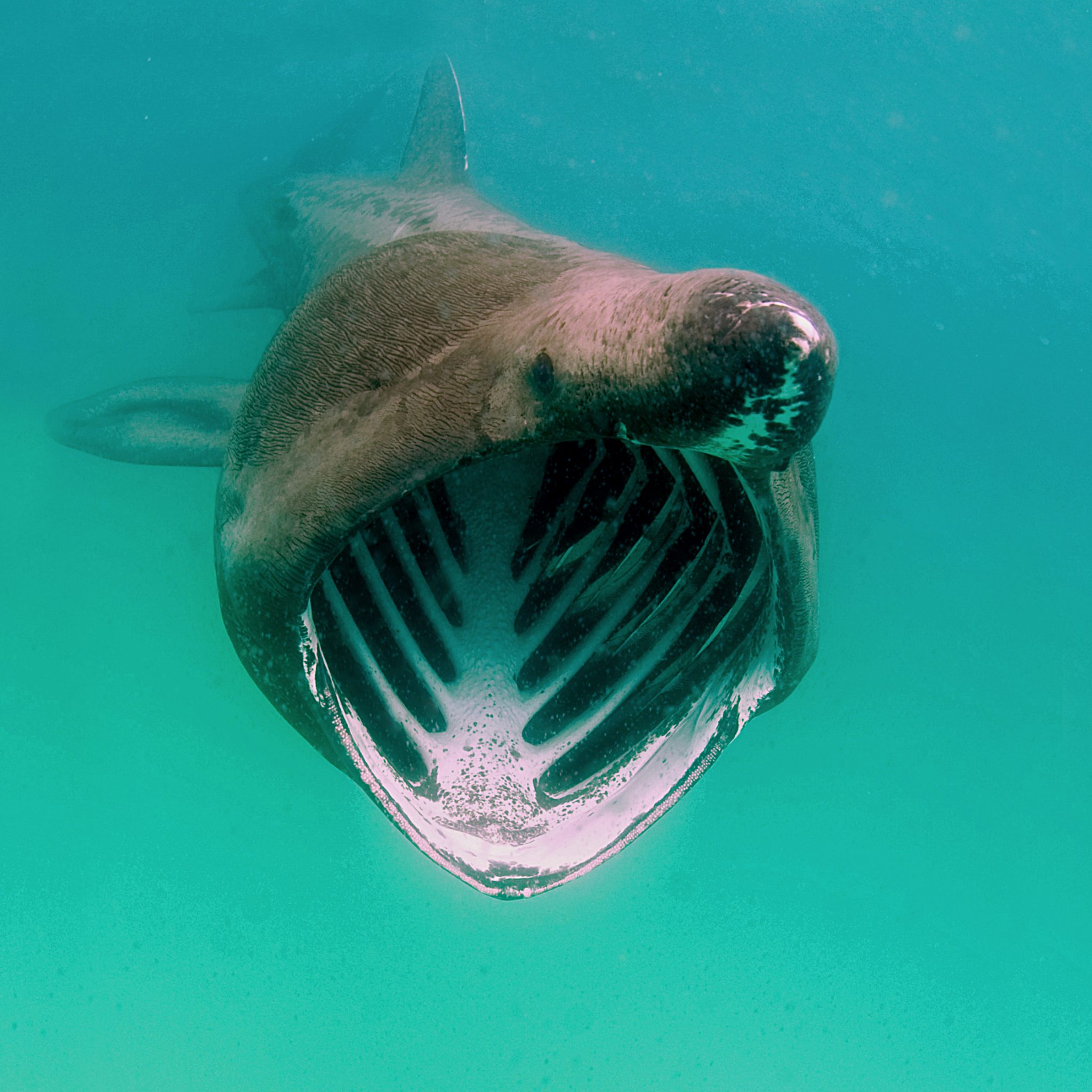News
Pro Dive International to host PADI Women’s Dive Day on 15 July

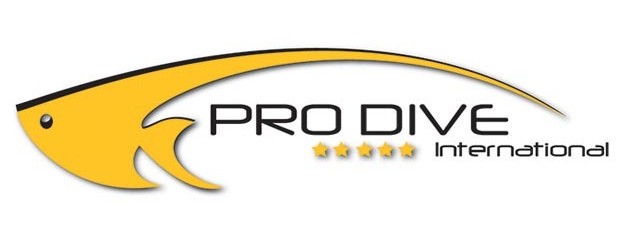 Pro Dive International, one of the Caribbean’s most established PADI 5 Star Dive Resorts and recognized Career Development Centers has announced their participation in the THIRD ANNUAL PADI WOMEN’S DIVE DAY on July 15th, 2017.
Pro Dive International, one of the Caribbean’s most established PADI 5 Star Dive Resorts and recognized Career Development Centers has announced their participation in the THIRD ANNUAL PADI WOMEN’S DIVE DAY on July 15th, 2017.
Last year’s PADI Women’s Dive Day was hosted by dive centers and resorts in 77 countries, noticeably increasing female certifications with PADI and helping narrowing the gender gap in diving, as a result.
“On this International Women’s Day, PADI members have the opportunity to strengthen the female dive community, attract new women to the sports of scuba diving and freediving, and motivate existing female divers to get back in the water and continue their dive training.
For the past two years, divers from every corner of the globe have come together for PADI Women’s Dive Day to bond over their love of the ocean and a passion for diving. This growing tradition will continue on 15 July 2017, further supporting the female dive community through a day of fun, adventure and camaraderie” PADI Americas team highlights.
“On this unique occasion of the third annual PADI Women’s Dive Day, we at Pro Dive International invite all diver girls around the globe to join any of our dive centers on the Riviera Maya & Cozumel/ Mexico and in Bayahibe & Punta Cana/ Dominican Republic to spend a fun day with us in the ocean.” says Markus Fleischmann, CEO & Founder of Pro Dive International. “We offer a 50% DISCOUNT on 2 dives, and our ladies can win a 6-TANK DIVE PACKAGE at our FACEBOOK SELFIE CONTEST!”
More information about this event can be found on Pro Dive International’s website at https://prodiveinternational.com/padi-womens-dive-day-2017/
Renowned for excellent quality in providing first class adventures including diving in the CENOTES, with BULL SHARKS, at WRECKS & FAMOUS WALLS at COZUMEL, SAONA, CATALINA islands and CAYO LEVANTADO, as well as Safaris with WHALE SHARKS, SAILFISH & HUMPBACK WHALES, Pro Dive International, founded in 2003, is the official onsite water sports service provider for several 4-5* RESORTS along the RIVIERA MAYA & COZUMEL/ MEXICO, and in the DOMINICAN REPUBLIC.
Everything under one roof, PRO DIVE INTERNATIONAL´s head office in Playa del Carmen/ Mexico features a multilingual reservations team taking direct bookings for diving, hotel accommodation, the VIP stay & dive concept ULTIMATE DIVE EXPERIENCE at Allegro Cozumel (unique in the Caribbean!), liveaboard options in collaboration with AGGRESSOR FLEET/ SILVER BANK and NAUTILUS EXPLORER/ SOCORRO & GUADALUPE ISLANDS, transfers and cultural tours, and more. They also provide services to international dive travel agencies, an equipment maintenance department, an excursions team and their own competitive transportation system available to provide airport and hotel shuttles.
For more information, visit Pro Dive International’s website www.prodiveinternational.com, or enquire by email at info@prodiveinternational.com.
Pro Dive’s Facebook Pages are located at:
Pro Dive’s Twitter Account is twitter.com/Prodivemexico
For their GoPro programs, contact info@idcmexico.com, visit www.idcmexico.com, or check out their Facebook page @prodivemexicoacademy
Blogs
Northern Red Sea Reefs and Wrecks Trip Report, Part 2: Wall to Wall Wrecks
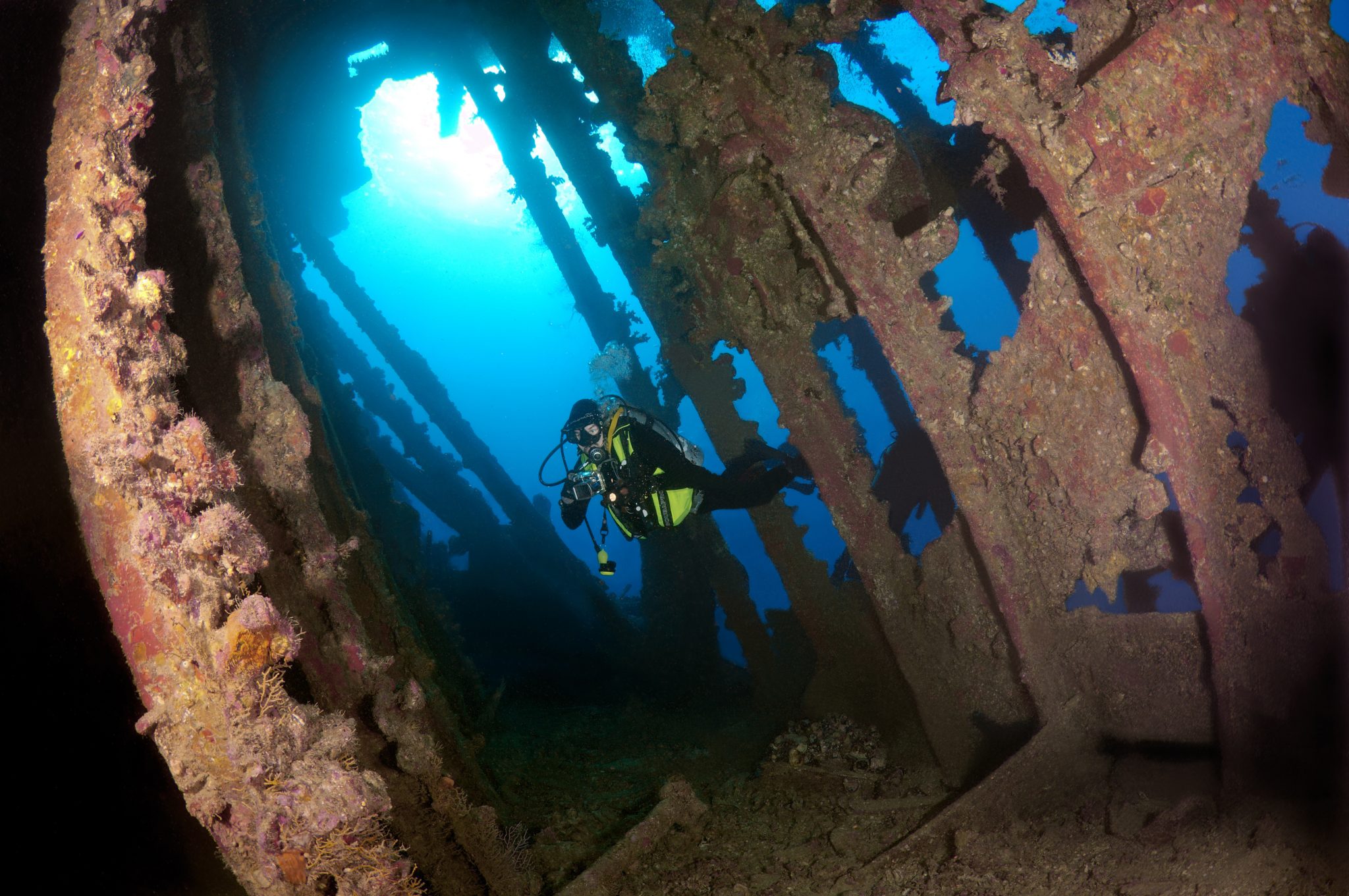
Jake Davies boards Ghazala Explorer for an unforgettable Red Sea diving experience…
The second day’s diving was a day full of wreck diving at Abu Nuhas, which included the Chrisoula K, Carnatic, and Ghiannis D. The first dive of the day was onto the Chrisoula K, also known as the wreck of tiles. The 98m vessel remains largely intact where she was loaded with tiles which can be seen throughout the hold. The stern sits at 26m and the bow just below the surface. One of the highlights of the wreck is heading inside and seeing the workroom where the machinery used for cutting the tiles are perfectly intact. The bow provided some relaxing scenery as the bright sunlight highlighted the colours of the soft coral reef and the many reef fish.
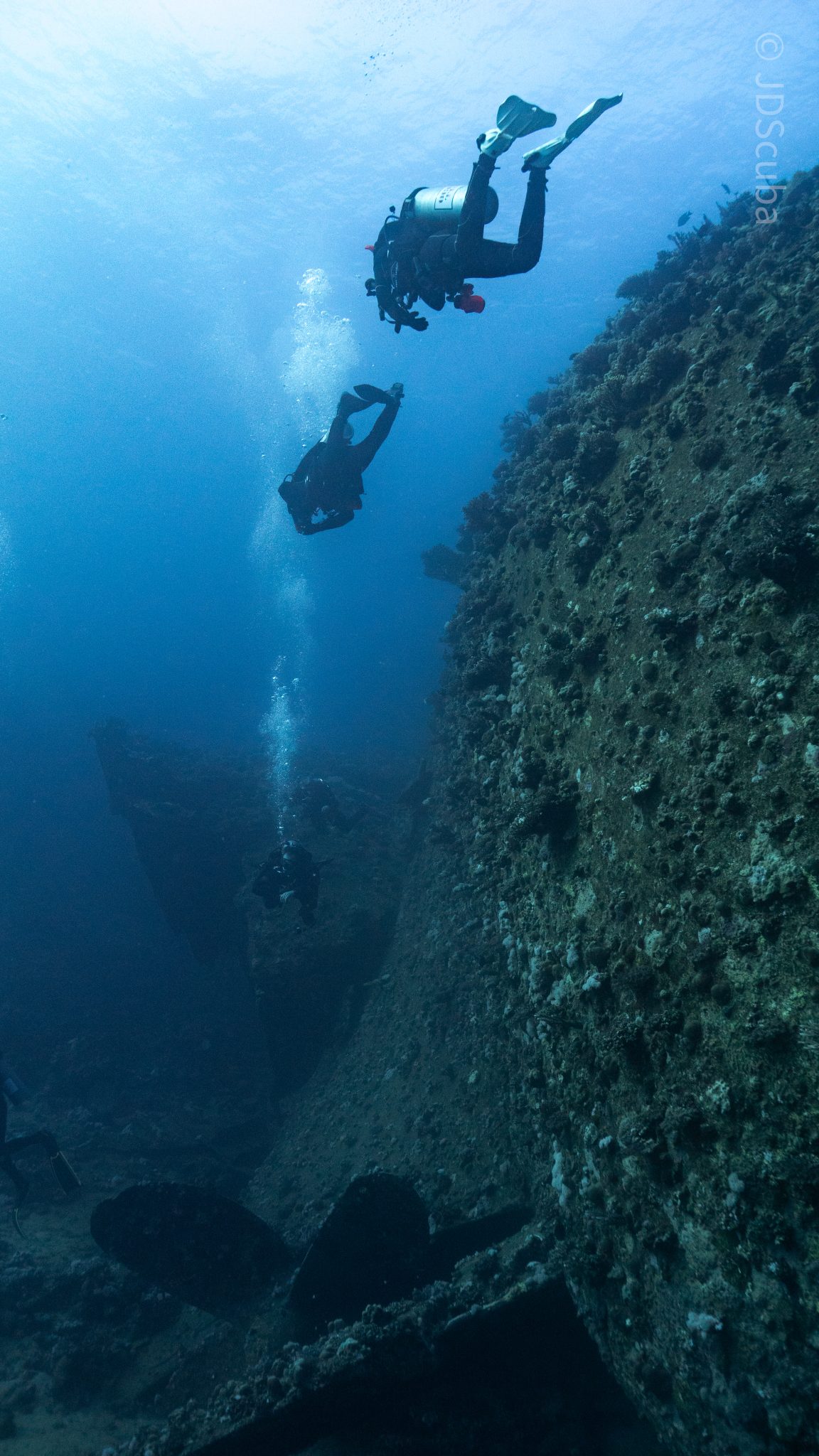
Following breakfast, we then headed to the next wreck, which was the Carnatic. The Carnatic is an 89.9m sail steamer vessel that was built in Britain back in 1862. She ran aground on the reef back in 1869 and remains at 27m. At the time, she was carrying a range of items, including 40,000 sterling in gold. An impressive wreck where much of the superstructure remains, and the two large masts lay on the seafloor. The wooden ribs of the hull provide structures for lots of soft corals, and into the stern section, the light beams through, bouncing off the large shoals of glass fish that can be found using the structure as shelter from the larger predators that are found outside of the wreck.
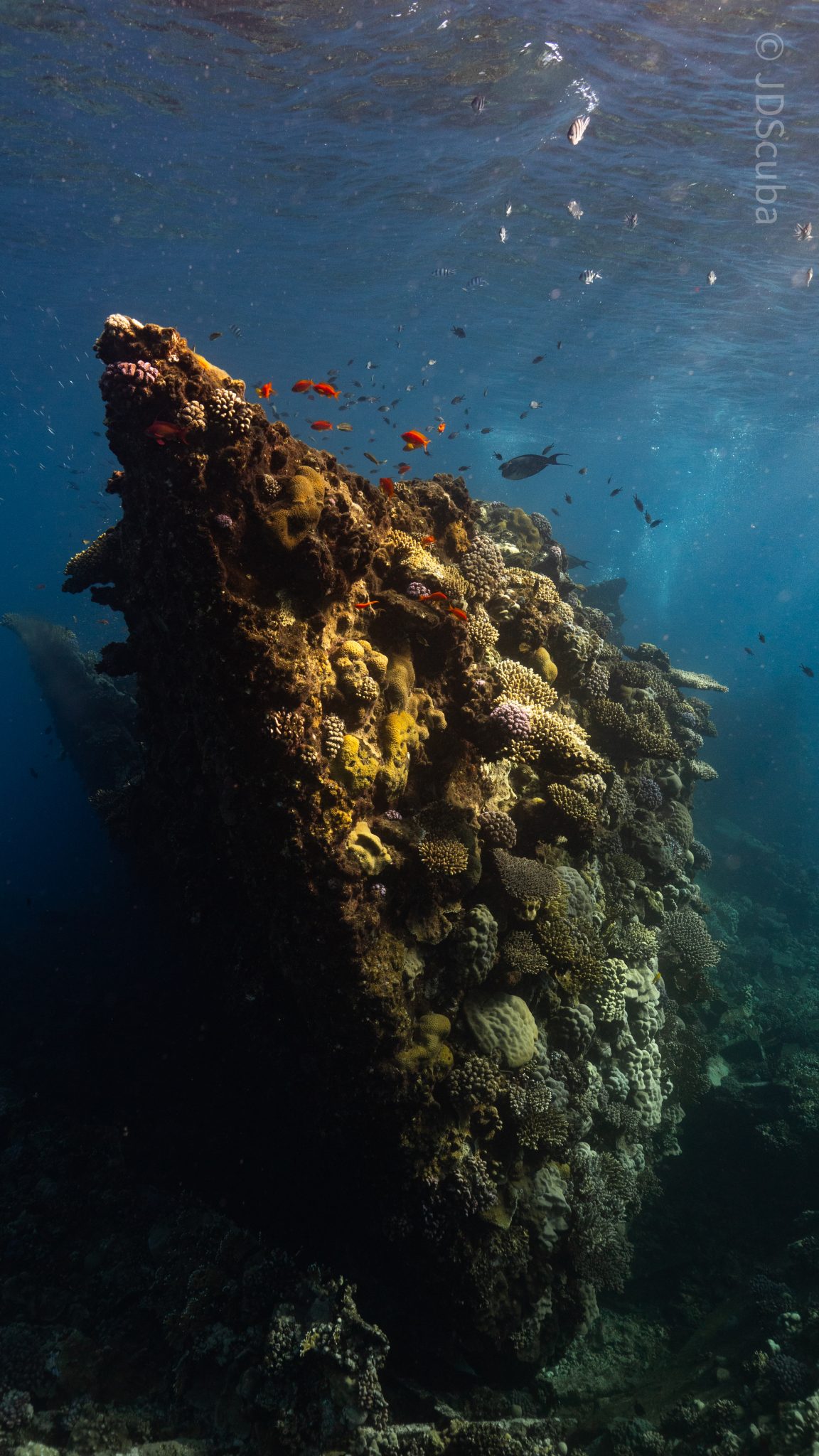
The final wreck at Abu Nuhas was the Ghiannis D, originally called ‘Shoyo Maru,’ which was 99.5m long and built in Japan back in 1969 before becoming a Greek-registered cargo ship in 1980. The ship then ran aground on the reef on April 19th, 1983, and now sits at the bottom at a depth of 27m. Heading down the line, the stern of the ship remains in good condition compared to the rest of the hull. The highlight of the wreck, though, is heading into the stern section and down the flights of stairs to enter the engine room, which remains in good condition and is definitely worth exploring. After exploring the interior section of the ship, we then headed over to see the rest of the superstructure, where it’s particularly interesting to see the large table corals that have grown at the bow relatively quickly considering the date the ship sank. After surfacing and enjoying some afternoon snacks, we made sure everything was strapped down and secured as we would be heading north and crossing the Gulf of Suez, where the winds were still creating plenty of chop.
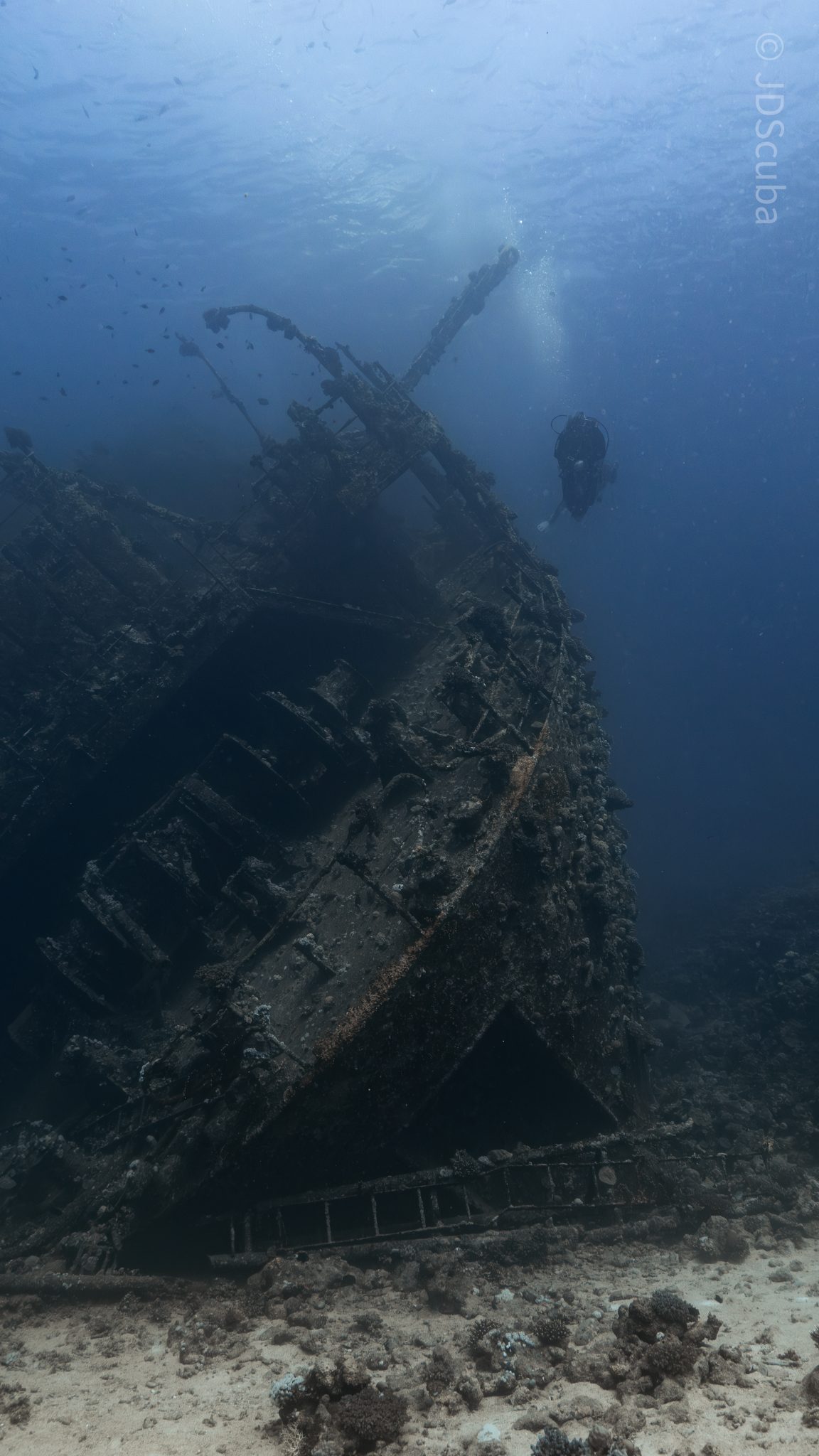
The next morning, it was a short hop to Ras Mohammed Nature Reserve for the next couple of days of diving. The 6am wake-up call came along with the briefing for the first site we would be diving, which was Shark & Yolanda. The low current conditions allowed us to start the dive at Anemone City, where we would drift along the steep, coral-filled wall. These dives involved drifts, as mooring in Ras Mohammed wasn’t allowed to protect the reefs. As a dive site, Shark & Yolanda is well-known and historically had a lot of sharks, but unfortunately not so many in recent years, especially not so early in the season. However, there was always a chance when looking out into the blue.
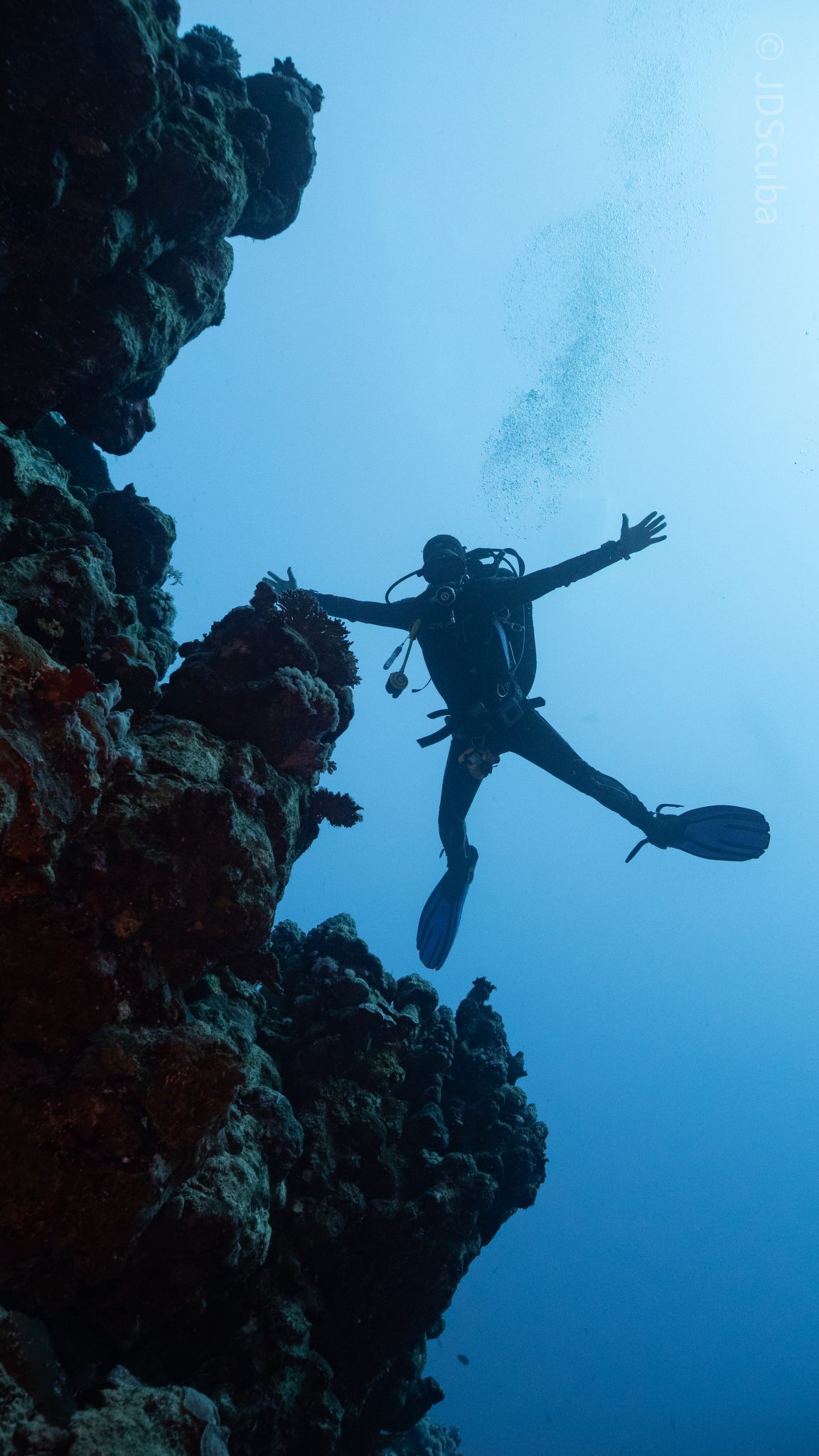
The gentle drift took us along the steep walls of the site, with plenty of anemone fish to be seen and a huge variety of corals. It wasn’t long into the dive before we were accompanied by a hawksbill turtle, who drifted with us between the two atolls before parting ways. Between the two reefs, the shallow patch with parts of coral heads surrounded by sand provided the chance to see a few blue-spotted stingrays that were mainly resting underneath the corals and are always a pleasure to see. With this being the morning dive, the early sunlight lit up the walls, providing tranquil moments. Looking out into the blue, there was very little to be seen, but a small shoal of batfish shimmering underneath the sunlight was a moment to capture as we watched them swim by as they watched us.
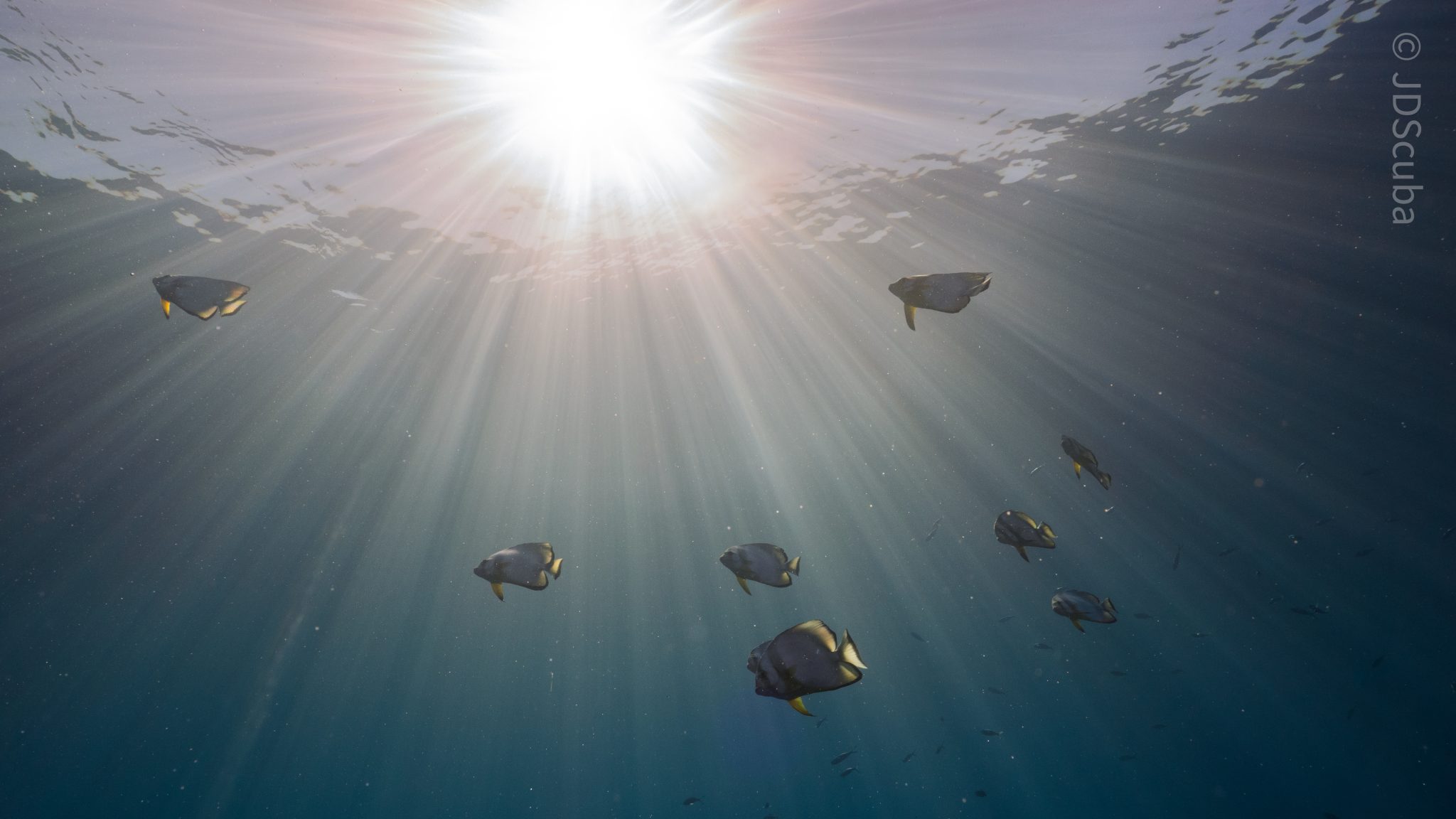
Towards the end of the dive, we stopped at the wreck of the Jolanda where the seafloor was scattered with toilets from the containers it was carrying. This provided a unique site to make a safety stop, which was also accompanied by a large barracuda slowly swimming by, along with a hawksbill turtle calmly swimming over the reef as the sun rays danced in the distance.
For the next dive, we headed north to the Strait of Tiran to explore the reefs situated between Tiran Island and Sharm El Sheik, which were named after the British divers who had found them. We started on Jackson before heading to Gordons Reef, where we also did the night dive. All the atolls at these sites provided stunning, bustling coral reefs close to the surface and steep walls to swim along, which always provided the opportunity to keep an eye out for some of the larger species that can be seen in the blue. Midwater around Jackson Reef was filled with red-toothed triggerfish and shoals of banner fish, which at times were so dense that you couldn’t see into the blue. Moments went by peacefully as we enjoyed the slow drift above the reef, watching these shoals swim around under the mid-afternoon sun.

The night dive at Gordon’s Reef was mainly among the stacks of corals surrounded by sand, which was great to explore under the darkness. After some time circling the corals, we came across what we were really hoping to find, and that was an octopus hunting on the reef. We spent the majority of the dive just watching it crawl among the reef, blending into its changing surroundings through changes in colour and skin texture. It’s always so fascinating and captivating to watch these incredibly intelligent animals, in awe of their ability to carry out these physical changes to perfectly blend into the reef. Before we knew it, it was time to head back to the boat to enjoy a well-deserved tasty dinner prepared by the talented chefs onboard.
Check in for the 3rd and final part of this series from Jake tomorrow!
To find out more about the Northern Red Sea reef and wrecks itineraries aboard Ghazala Explorer, or to book, contact Scuba Travel now:
Email: dive@scubatravel.com
Tel: +44 (0)1483 411590
Photos: Jake Davies / Avalon.Red
Marine Life & Conservation
Double Bubble for Basking Sharks

 The Shark Trust is excited to announce that, for two more days only, all donations, large or small, will be doubled in the Big Give Green Match Fund!
The Shark Trust is excited to announce that, for two more days only, all donations, large or small, will be doubled in the Big Give Green Match Fund!
Donate to Basking in Nature: Sighting Giants
The Shark Trust is hoping to raise £10k which will be doubled to £20k. This will go towards Basking in Nature: Sighting Giants. And they need YOUR help to reach they’re goal.
The Shark Trust’s citizen science project is to monitor and assess basking sharks through sightings; encouraging data collection, community engagement, and promoting nature accessibility. This initiative aims to enhance health and wellbeing by fostering a deeper connection with British Sharks.
Campaign Aims
- Increase citizen science reporting of Basking Sharks and other shark sightings to help inform shark and ray conservation.
- Provide educational talks about the diverse range of sharks and rays in British waters and accessible identification guides!
- Create engaging and fun information panels on how to ID the amazing sharks and rays we have on our doorstep! These can be used on coastal paths around the Southwest. With activities and information on how you can make a difference for sharks and rays!
- Promote mental wellbeing through increasing time in nature and discovering the wonders beneath the waves!
Donate, and double your impact. Click Here
-
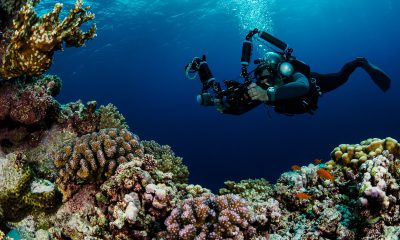
 News3 months ago
News3 months agoHone your underwater photography skills with Alphamarine Photography at Red Sea Diving Safari in March
-
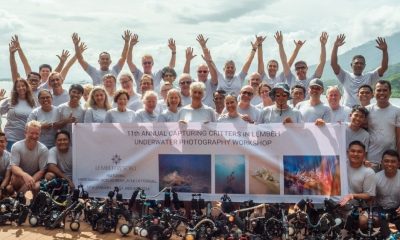
 News3 months ago
News3 months agoCapturing Critters in Lembeh Underwater Photography Workshop 2024: Event Roundup
-

 Marine Life & Conservation Blogs2 months ago
Marine Life & Conservation Blogs2 months agoCreature Feature: Swell Sharks
-

 Blogs2 months ago
Blogs2 months agoMurex Resorts: Passport to Paradise!
-

 Blogs2 months ago
Blogs2 months agoDiver Discovering Whale Skeletons Beneath Ice Judged World’s Best Underwater Photograph
-
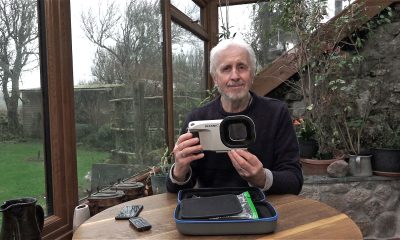
 Gear Reviews2 months ago
Gear Reviews2 months agoGear Review: Oceanic+ Dive Housing for iPhone
-
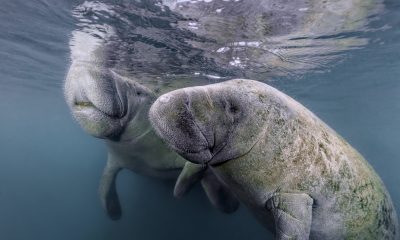
 Marine Life & Conservation2 months ago
Marine Life & Conservation2 months agoSave the Manatee Club launches brand new webcams at Silver Springs State Park, Florida
-

 News3 months ago
News3 months agoWorld’s Best Underwater Photographers Unveil Breathtaking Images at World Shootout 2023



